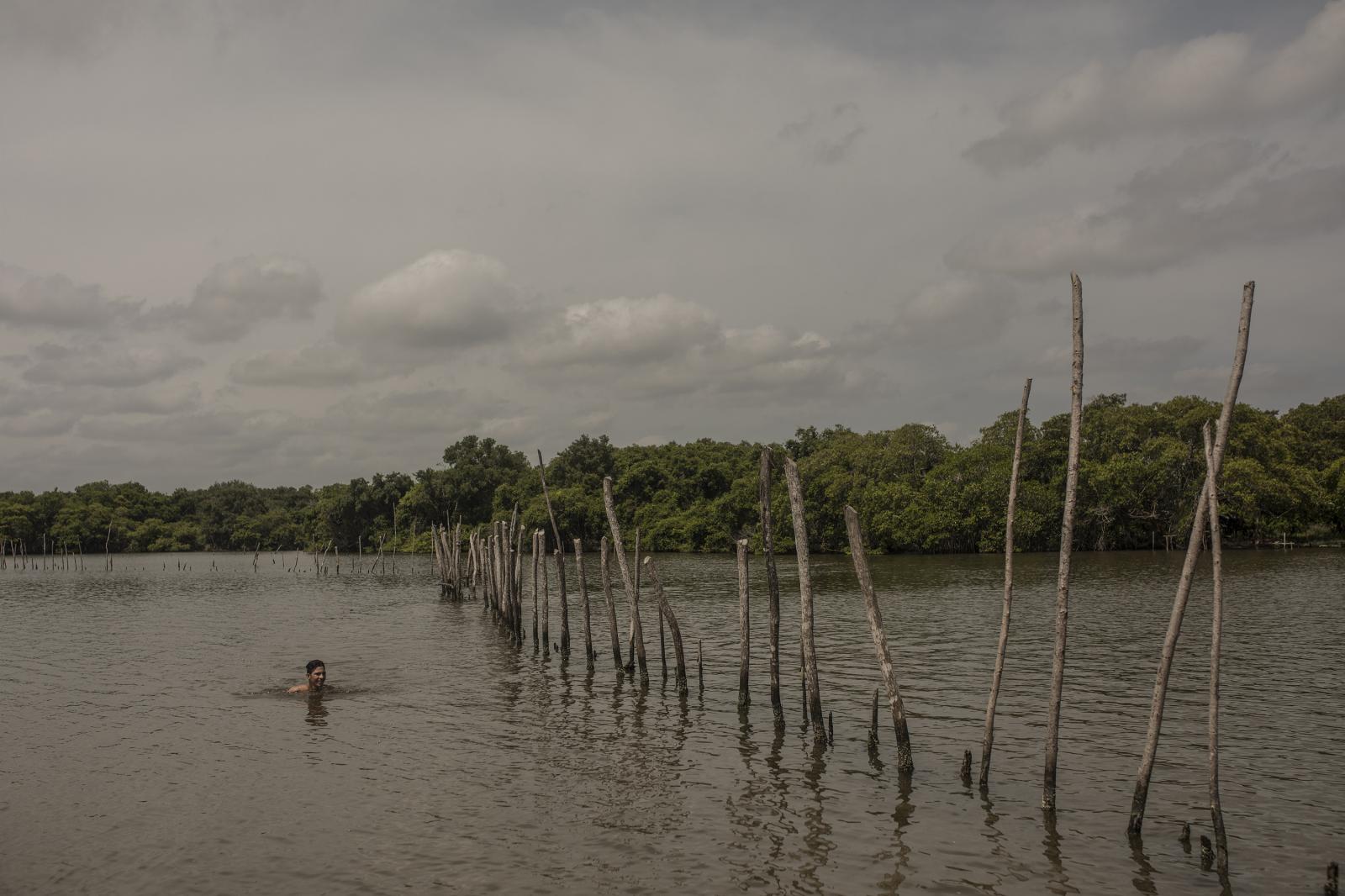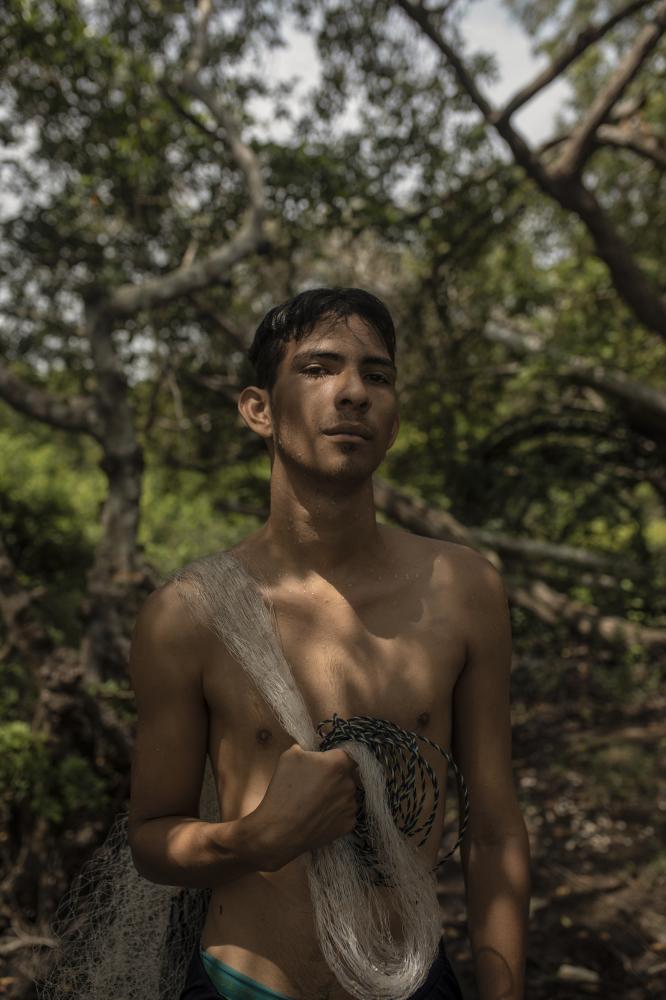Public Project
Study at home, living in the one percent of Mexico
In Mexico, about 31 million children were affected. Many had struggled to learn even before the pandemic. Around half of Mexican children and adolescents live in poverty, according to UNICEF.
Mexico’s Education Ministry provided a mix of distance-learning options, including classes online or on public television. But only about half of homes have an Internet connection. And many students rely on schools for food. The shutdown meant hunger as well as reduced education.
Brian Zamudio, 18, and Sara Chávez, 11, are among the 1 percent of Mexicans who do not have electricity at home. They live on the banks of the Papaloapan and Blanco rivers, which empty into the Alvarado lagoon in Veracruz. They don’t have computers, and even powering up a cellphone is hard work.
“We charge the phone through solar panels, and when it has some energy, we take a boat to the other side of the river to look for a signal,” Zamudio said.
Sara also had to navigate the Alvarado lagoon in search of a signal, which allowed her to submit homework and discuss questions with her teacher.
4,912














